Coronavirus: Who is most at risk and the symptoms you need to watch out for
Health officials across the world are scrambling to understand the full extent of the new strain and how much damage it could cause. As of Monday, it’s killed 106 people in China.
It’s not known what has caused the virus but it’s believed to have been transmitted from animals to humans at a fresh food market in Wuhan, Hubei Province, China before spreading to multiple countries – including five cases in Australia.
But how dangerous is it to Australians?

How deadly is coronavirus to Australians?
Some comparisons have been made to coronavirus and SARS (severe acute respiratory syndrome), which originated from China.
SARS resulted in 774 deaths across 17 countries, according to the World Health Organisation.
However, the good news is Australian authorities say coronavirus is nowhere near as deadly.
Chief medical officer Brendan Murphy said despite it still being “quite early”, “so far, the indications are it is not going to be as deadly as SARS”.
At this stage, the fatality rate for the virus is fairly low and none of the Australians diagnosed with the disease have died.
James Cook University infectious diseases physician John McBride told the ABC the reported death rate was at about five per cent.
WHO claims the death rate from SARS was just under 10 per cent.
Professor McBride added his understanding is people with breathing problems suffered worse from coronavirus, which seems to “have a slight preference for people who are older” who might have diabetes or high blood pressure.
The median age for those diagnosed with coronavirus is 57.
Do I need to wear a mask to avoid getting coronavirus?
Professor Murphy told reporters on Tuesday there is “no concern” for Australians.
“There is no human-to-human transmission of this virus,” he said.
“It is important to note because we've had some reports in the media about masks today, there is no need for the Australian public to wear masks.
“All cases in Australia so far have all had direct contact or been in Wuhan.”
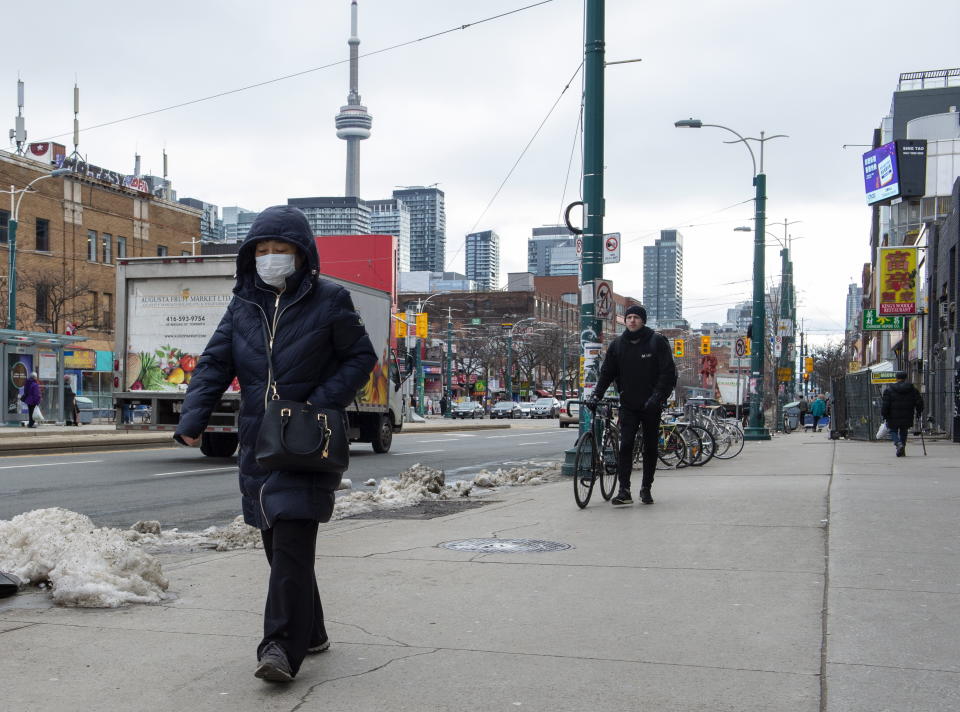
Professor Murphy said there is no human-to-human transmission in Australia and “that’s the big difference” between here and China.
NSW Education Minister Sarah Mitchell echoed his thoughts when she spoke to the media saying, “there is no evidence” of this.
Centres for Disease Control and Prevention claims it has spread in China through human contact.
“When person-to-person spread has occurred with MERS and SARS it is thought to have happened mainly via respiratory droplets produced when an infected person coughs or sneezes, similar to how influenza and other respiratory pathogens spread,” the CDCP said.
Professor Murphy said people who have come back from China and developed flu-like symptoms may need to wear masks, as well as doctors who might be treating patients who have been overseas.
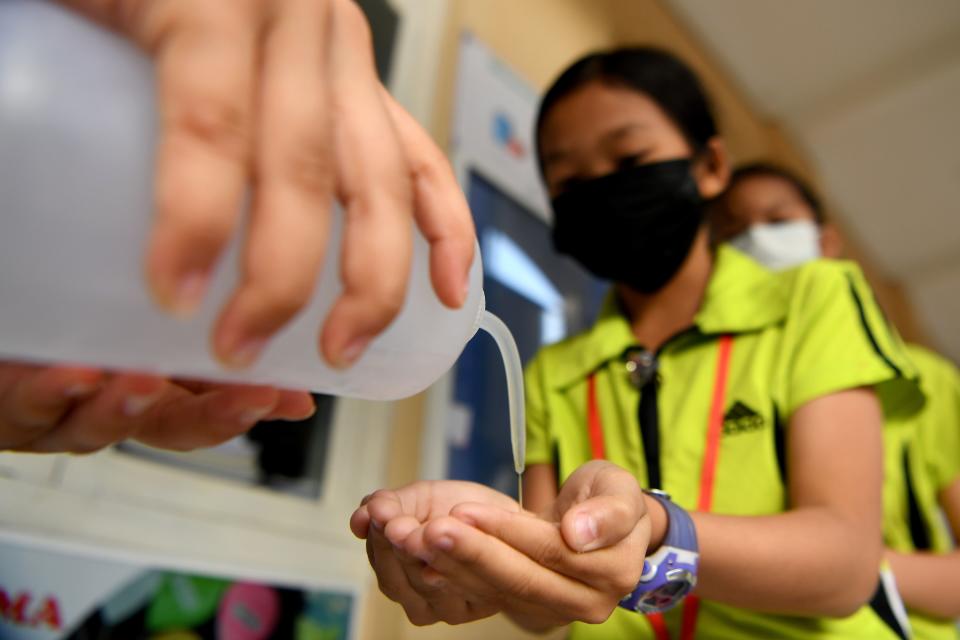
What does the virus mean for Australian kids?
NSW Health Minister Brad Hazzard told reporters he’s recommending anyone with children who have visited China recently keep them at home for the next fortnight.
“It only affects the last fortnight,” Mr Hazzard said.
“If people have been home in the last fortnight and haven't developed symptoms they are cleared. The incubation period is up to 14 days meaning people can be infected in that time and not showing symptoms yet.”
What are the symptoms?
Coronaviruses are a large family of viruses “known to cause illness ranging from the common cold to more severe diseases such as MERS and SARS”, according to NSW Health.
They are often found in animals and humans.
Symptoms appear to range from mild to severe and have been compared to those of the common flu.
They can take anywhere from two to 14 days to appear, according to NSW Health.
“The most common symptom is a fever. Other symptoms include, cough, sore throat and shortness of breath,” the organisation wrote.
“In more severe cases, infection can cause pneumonia with severe acute respiratory distress.”
Pneumonia can allow small air sacs into a patient’s lungs, ultimately killing them.

Anyone who has visited Wuhan, China, and has experienced such symptoms since they left should seek medical help immediately, according to the Centres for Disease Control and Prevention.
They should also avoid contact with others, cover their mouth and nose when sneezing and wash their hands with soap and hot water for 20 seconds, the organisation wrote on its website.
“If you have had close contact with someone showing these symptoms who has recently travelled from this area, you should call ahead to a healthcare provider and mention your recent travel or close contact,” the CDCP said.
How many Australians have coronavirus and across the world?
So far, five Aussies have contracted the virus and are in Australia.
Four of these are in NSW and one in Victoria.
There were 1,771 new cases confirmed in China on Monday, raising the national total to 4,515, according to the National Health Commission. It said 976 were in serious condition.
On Tuesday, the Education Ministry cancelled English-proficiency and other tests for students to apply to foreign universities. Public schools and universities have been ordered to postpone reopening following the Lunar New Year holiday until further notice.
Stock markets around the world were down sharply on Monday as investors worried the outbreak could hurt the global economy.
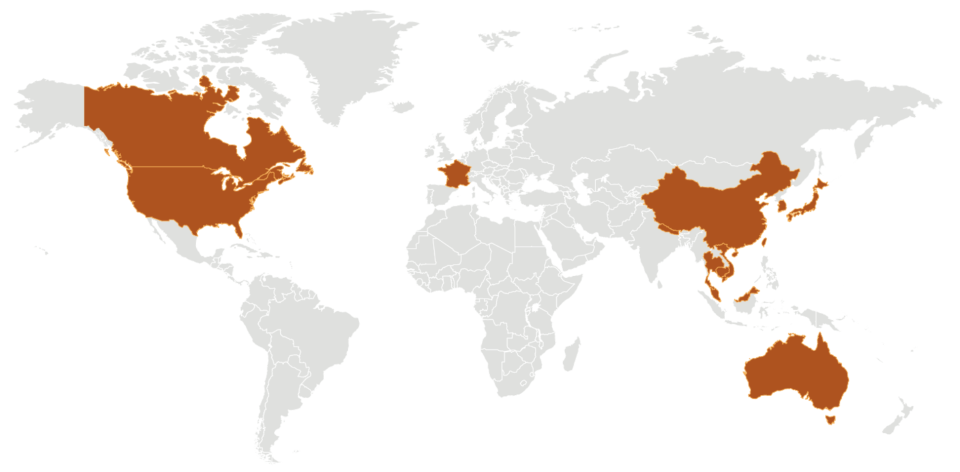
More than 45 cases have been confirmed elsewhere in the world. Almost all involve Chinese tourists or people who visited Wuhan.
Sri Lanka confirmed its first case Monday. Infections also have been confirmed in the United States, Thailand, Taiwan, Japan, South Korea, Vietnam, Singapore, Malaysia, Nepal, France, Canada and Australia.
As of Monday, there were five Americans diagnosed with the virus in Washington state, Chicago, Southern California and Arizona, all of whom had recently travelled to central China. Health officials said they had no evidence the virus was spreading in the United States and they believe the risk to Americans remains low.
China also reported eight cases in Hong Kong and five in Macao.
The epidemic has revived memories of the SARS outbreak that originated in China and killed nearly 800 people. Then, Chinese authorities were criticised for reacting slowly and failing to disclose information. The government has responded more aggressively to the latest outbreak.

Wuhan is building two hospitals, one with 1,500 beds and another with 1,000, for the growing number of patients. The first is scheduled to be finished next week.
How is novel coronavirus transmitted?
It has yet to be confirmed how novel coronavirus is being spread to thousands of people.
While the CDCP said it appears it is spreading from person-to-person, Australia’s chief medical officer Brendan Murphy claims there is no human-to-human transmission and he Australian public do not need to wear masks to protect themselves.
MERS and SARS, which both also originated from animals, spread between close contacts.
“When person-to-person spread has occurred with MERS and SARS, it is thought to have happened mainly via respiratory droplets produced when an infected person coughs or sneezes, similar to how influenza and other respiratory pathogens spread,” the CDCP said.
Is there treatment?
There is no known vaccination or treatment for novel coronavirus.
How do I avoid getting sick?
While you don’t need to wear a mask in public, it’s always good to practice good hygiene and avoid close contact with people who are generally unwell.
Keep places in the home or at work clean when possible.
Always wash your hands.
“It is a simple precaution but it will stop the spread of something like this,” Professor Murphy said.
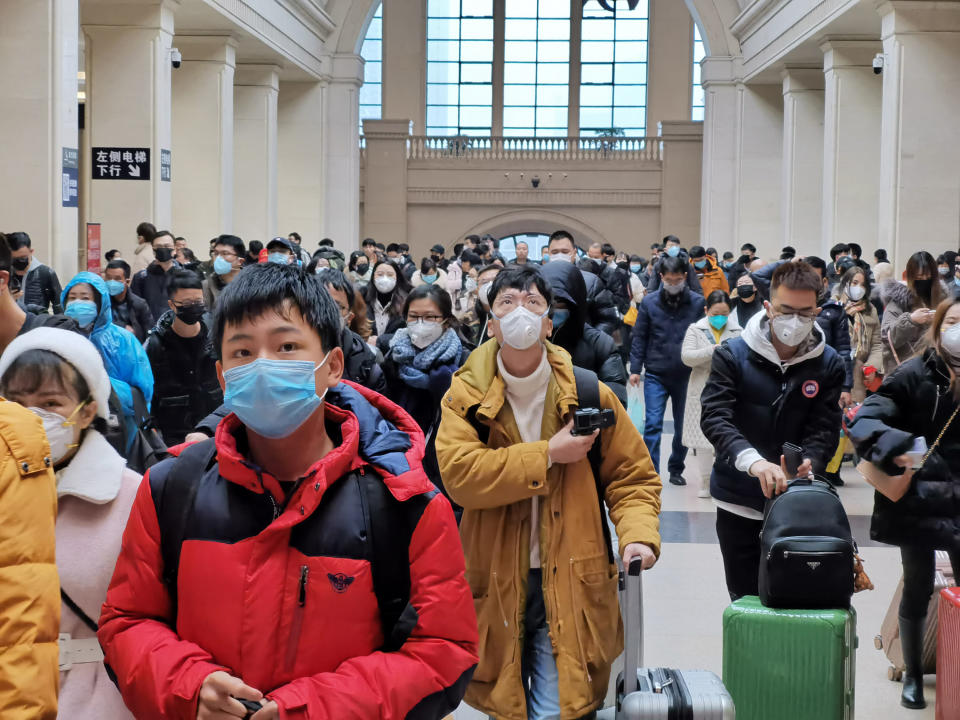
WA authorities await coronavirus results
West Australian authorities expect to learn later on Tuesday whether the state has its first confirmed case of the deadly coronavirus.
WA's chief health officer Andrew Robertson says four adult patients are being closely monitored as the health department awaits results from the Victorian Infectious Diseases Reference Laboratory.
"We have one case that, on our assessment, we believe is a more probable case. The other cases we think are low-risk," Dr Robertson told reporters.
"There are very good public health measures in place. These cases are being closely monitored and they are isolated if it's clinically required."
Dr Robertson would not confirm any further details about the suspect cases, including their ages or which hospitals they were being treated at.
"These are just suspect cases. They may well have just a minor infectious disease," he said.
"We will provide further details about confirmed cases.
"All of these cases have done the right thing. They've come to the hospital as required ... we're not concerned they currently pose any risk to the Perth population."
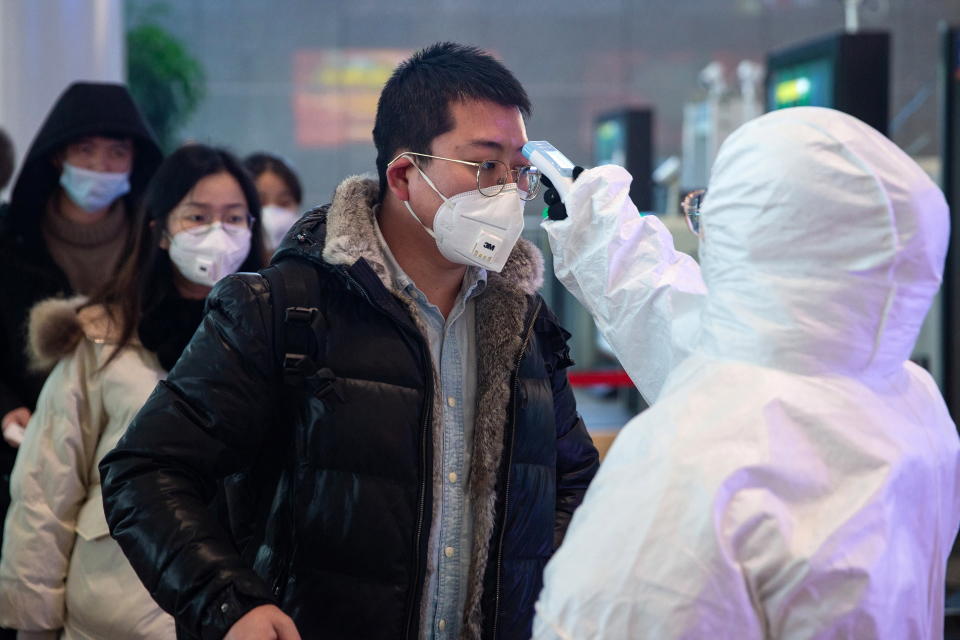
Several of WA's private schools have advised parents to quarantine their children if they have recently visited affected areas in China.
Department of Education director general Lisa Rodgers said it would be business as usual for most students when the state's public schools returned next week.
"If you have been in touch with a confirmed case of the virus, then we are asking you to stay at home for 14 days," she said.
"If not and you are well, schools will be open and come to school.
"Undoubtedly parents will be concerned ... we are working on a day-to-day basis with the health department and we will make sure that every part of their advice is enacted in our school system."
Three more tested for coronavirus in SA
Three more people in South Australia have been tested for coronavirus, but SA Health says the chances of them having the disease is low.
The latest tests bring the number of people in SA waiting for test results to six.
One more person was tested but has since been cleared.
"We continue to work closely with the commonwealth department of health and health departments inall jurisdictions, as well as local GPs, to monitor the situation closely and provide support as required," SA Health said on Tuesday.
It said all the people under investigation were being managed using standard infection control protocols.
- with AAP
Do you have a story tip? Email: newsroomau@yahoonews.com.
You can also follow us on Facebook, Instagram and Twitter and download the Yahoo News app from the App Store or Google Play.




